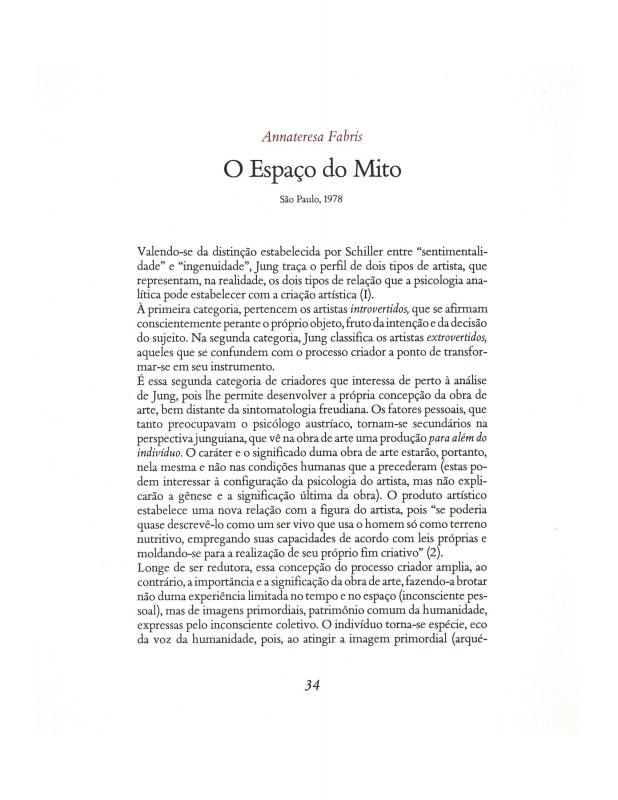This text presents the solo exhibition of works by Wesley Duke Lee held from September 15 to October 3, 1964, at Galeria Atrium in the city of São Paulo. Through metaphors, the document attempts to formulate a definition of the movement known as “Realismo Mágico.” The author demonstrates how dream-like and nostalgic images, and even images in poor taste, are used to make artwork of this sort. He claims that this kind of art stands in opposition to a tendency that upholds novelty and good taste, which can be seen as a language derived from Constructivism and Concrete art. The word “Rex”—the emblem of a group of artists organized in 1966—came to refer to the ability to turn everything into art; its aim is akin to Dada aggressions.
Wesley Duke Lee spent the fifties studying in the United States, Italy, Austria, and France. During those years, he came into contact with Robert Rauschenberg (1925–2008), as well as other artists loosely associated with New Figuration, who exercised considerable influence on his work. Duke Lee was responsible for the first art happening in Brazil, which took place in 1963. Along with painter and sculptor Bernardo Cid, fashion photographer Otto Stupakoff, singer Maria Cecília, and writers Carlos Felipe Saldanha and Pedro Manuel Gismondi, he formed part of a movement that would be known in Brazil as Realismo Mágico. In 1966, Duke Lee, in conjunction with painter, photographer, and designer Geraldo de Barros (1923–98), Nelson Leirner, and other young artists, founded the controversial São Paulo-based Rex Group, a project extended with the Rex Gallery & Sons. His work involves issues of memory, eroticism, and fantastic imaginary.
“Kid Camarão” (and “Zuca Sardan”) is the pseudonym of writer, draftsman, and illustrator Carlos Felipe Saldanha. Thanks to a shared commitment to the Realismo Mágico movement that flourished in the sixties, he and Wesley Duke Lee were friends and collaborators on a number of projects.
Duke Lee’s work is discussed by Annateresa Fabris in the text “O espaço do mito” [see doc. no. 1111035], by Cacilda da Costa in a text for FUNARTE [doc. no. 1111074], and in the article on the closing of the Rex Gallery & Sons in 1967 [doc. no. 1111185].



